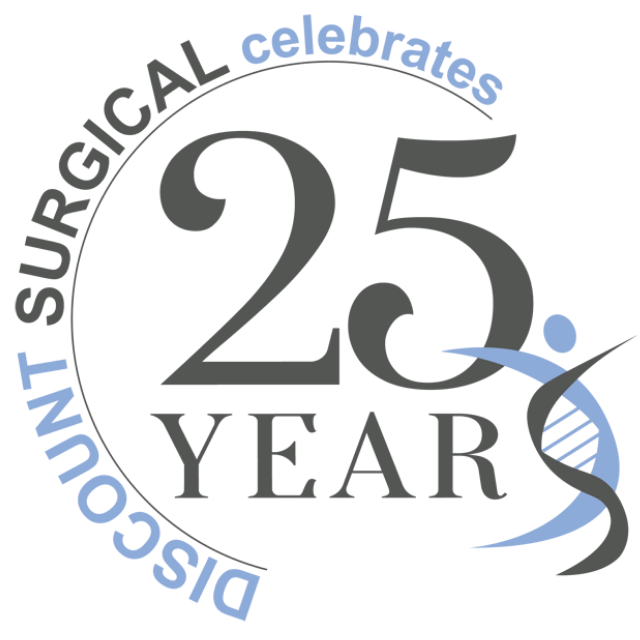We use cookies to make your experience better. To comply with the new e-Privacy directive, we need to ask for your consent to set the cookies. Learn more.

Free Standard Shipping over $25
We Accept FSA Payments
We are Open and Handling Orders Safely
Free Expedited Shipping over $75
Free Shipping over $25
The LEADERS In COMPRESSION SOCKS
Open Late and Weekends
| fdgdgf | fgdfgdg | dfgdgdg | dgdgdgdfg | dgdgdfgdfgdg |
Treatment for Varicose and Spider Veins
Movement of blood through our veins is something we take for granted most of the time. When veins become damaged or are weak, we become more aware of blood flow (or lack of it) because varicose and spider veins form, usually in the legs. Blood stalls or is sluggish in these veins and they become visible on the surface of the skin.
One out of 10 people is affected by the conditions--80% are women. The cause of varicose and spider veins is unclear. Heredity and pregnancy, however, are contributing factors, as are obesity and lack of exercise.
How Do Varicose and Spider Veins Differ?
Both kinds of veins are the result of impeded blood flow. Other veins take on the workload of the damaged veins to keep blood flowing. Varicose and spider veins each have distinct characteristics.
Veins that become permanently distended and protrude are called varicose veins. Usually, but not always, they appear bluish, swollen and stretched out on the surface of the skin. The valves in these veins do not function properly, or the walls of the vein are flaccid and blood pools in them
Although varicose veins generally aren't serious, they can cause discomfort including swelling, throbbing, heaviness and night cramps. They may pose a greater health risk when blood clots, bleeding and ulcers occur and you should contact your doctor.
When capillaries under the skin break they are called spider veins. They appear on the skin as a purple, red or bluish web. The health risk of spider veins is minimal, mostly confined to aching and itching. If they appear on ankles and around the knees, they are often a symptom of varicose veins, which may or may not appear on the leg surface.
Doctors use several treatments depending on the veins.
Follow-up Treatment
Varicose veins that have been treated must be monitored to ensure they don't return. The younger a person is when he or she undergoes treatment, the greater the possibility of other varicosities developing.
Self-care is important before and after treatment.
For more information about what can be done about varicose veins, contact your physician.
Published: March 20, 2001
Source: Inform News Service 2000